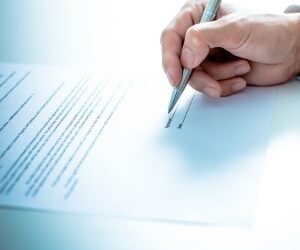Australian investors who are seeking dividends could end up disadvantaged by being too concentrated in a small number of sectors when dividends fall, according to Pengana.
With large parts of the ASX 200 concentrated in financial and resource companies, it was becoming harder to diversify Australian equity exposure. Some 80 per cent of dividend income was delivered by equities in four sectors: materials, financials, energy and property.
As a result, there was a risk that investors who were seeking dividends had left themselves and their portfolios highly concentrated.
Australian dividends were already coming under pressure from interest rates, inflation, energy prices and lower commodity prices, while bank lending margins were also under pressure.
Tim Richardson, investment specialist at Pengana Capital Group, said: “Australian dividends are experiencing pressure on a few fronts, including interest rates and inflation. Energy prices are drifting lower as the global economy slows, and commodities such as iron ore and coal have fallen, while bank lending margins are also coming under pressure.
“But a bigger concern for Australian income investors is the potential to become over-exposed to a few sectors, including the potential for higher exposure to cyclical industries as the global economy slows.”
With this in mind, investors should be open to adding global equity exposure, which could provide access to a wider remit of companies and sectors. Areas such as technology and healthcare were particularly under-represented in the ASX.
One way to achieve this was via Listed Investment Companies (LICs) which paid taxable income in Australia and would allow investors to still obtain franking credits.
“It is possible to diversify into other markets, including income-producing stocks overseas, while still retaining franking credits via the Listed Investment Company structure on the ASX,” Richardson said.
The Pengana International Equities Ltd LIC had reported profit and franking reserves (which support a fully franked dividend of 5.4 cents per share per year, paid quarterly) through to the 31 December 2024 dividend, payable in March 2025.





